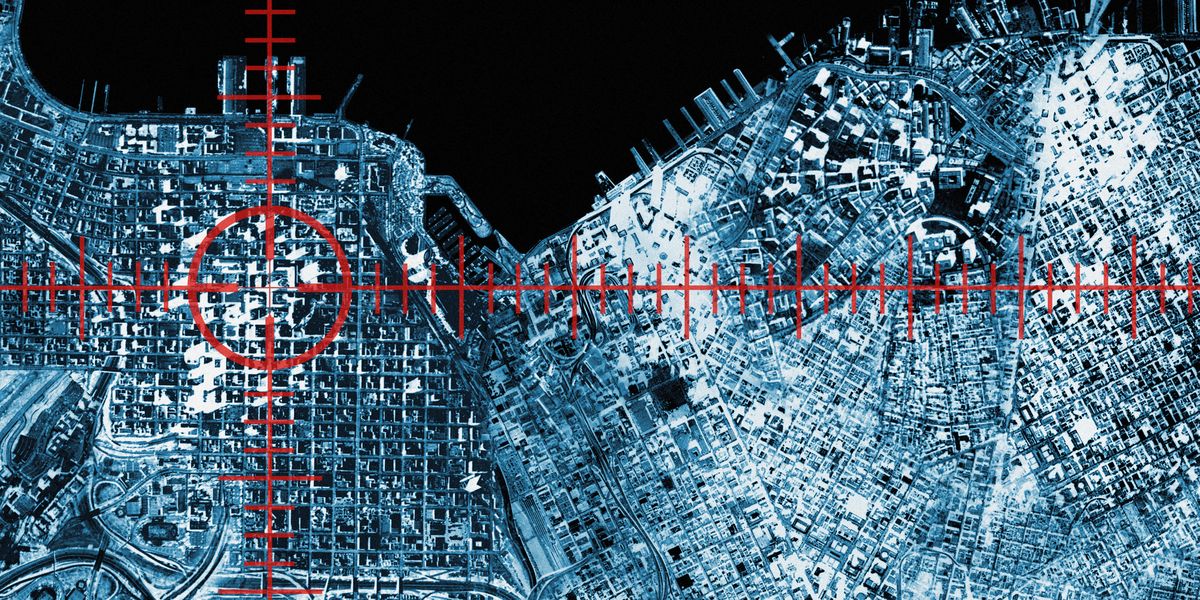
Maps Mania: The 2024 US Election Maps
In U.S. elections, traditional choropleth maps - where regions are shaded to represent the winning or leading candidate - can often be misleading. These maps color each state or county based on the majority vote, creating expansive areas of a single color that distort the geographic distribution of voter support. This approach tends to exaggerate the dominance of one party in states with large but sparsely populated regions, while densely populated urban areas, which may vote differently, occupy smaller spaces and are visually minimized.
As a result, choropleth maps can misrepresent the actual balance of voter support, making it challenging for readers to accurately grasp election outcomes. Alternative visualizations, such as cartograms and dot-density maps, offer a more accurate reflection of the electorate by resizing regions or representing individual votes, providing a clearer and more informative view of the political landscape.
For instance the New York Times has used a proportional symbol margin map to illustrate the strength of support for each candidate across counties. In this map, colored circles are “proportional to the amount each county’s leading candidate is ahead,” effectively visualizing the size and distribution of margins.

















.png)






